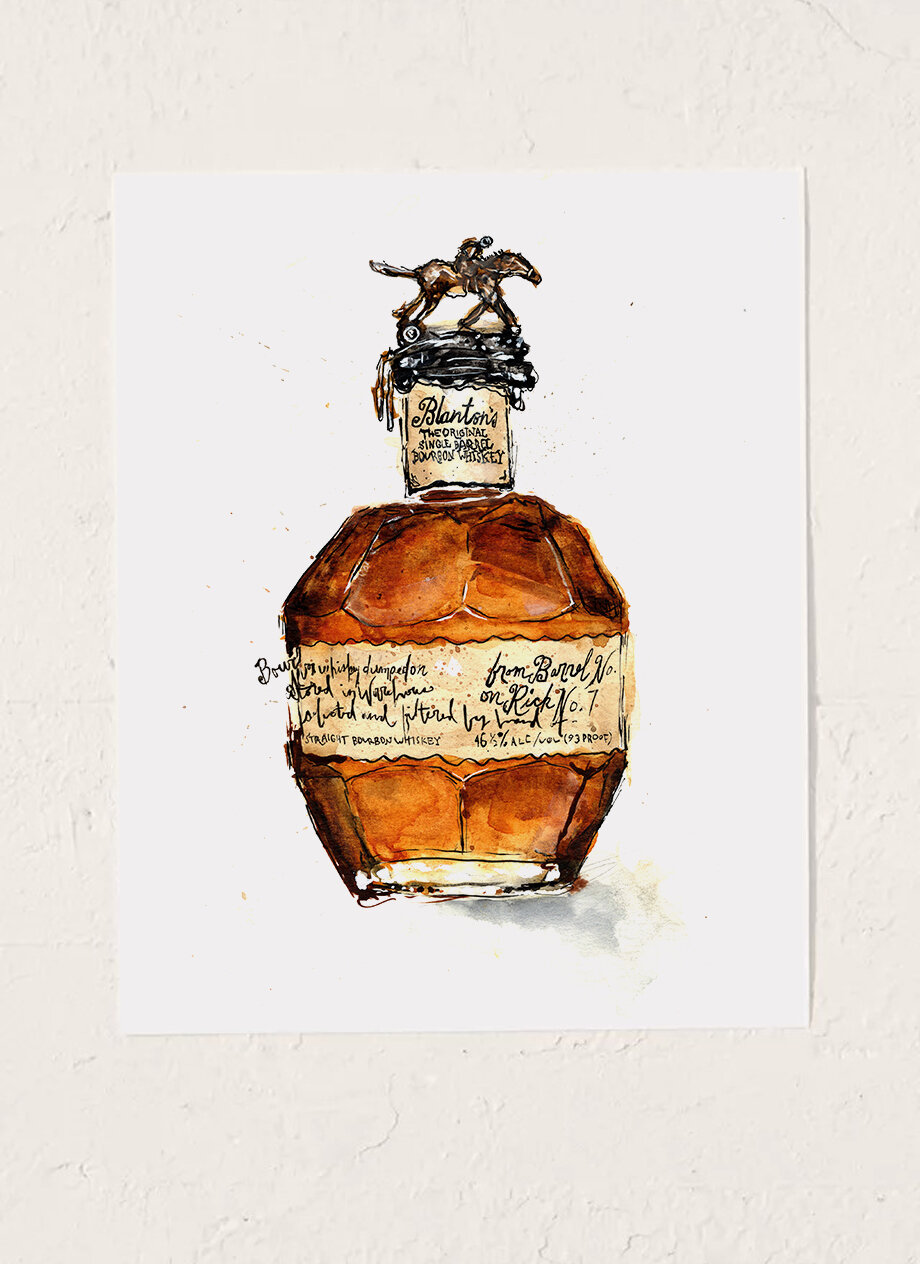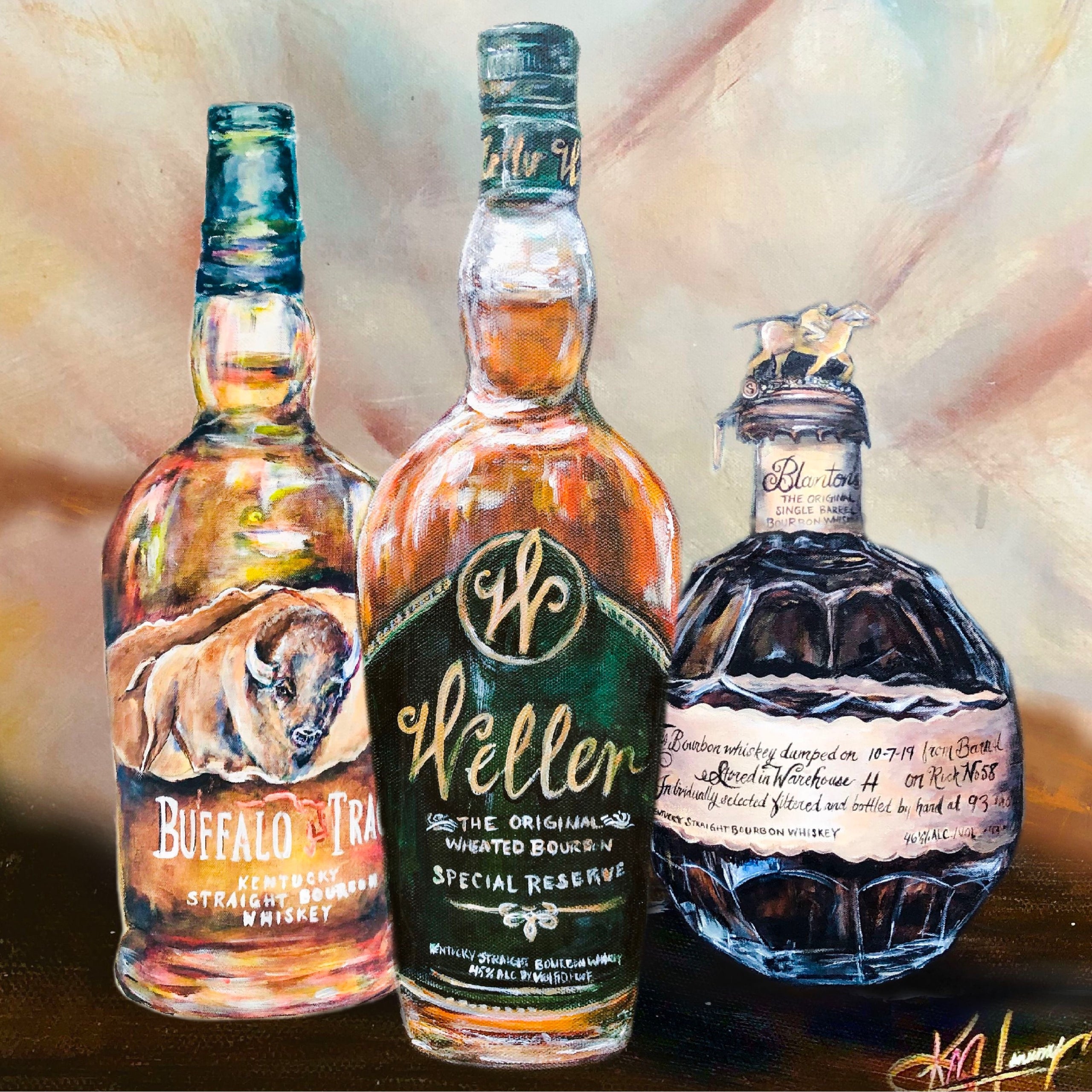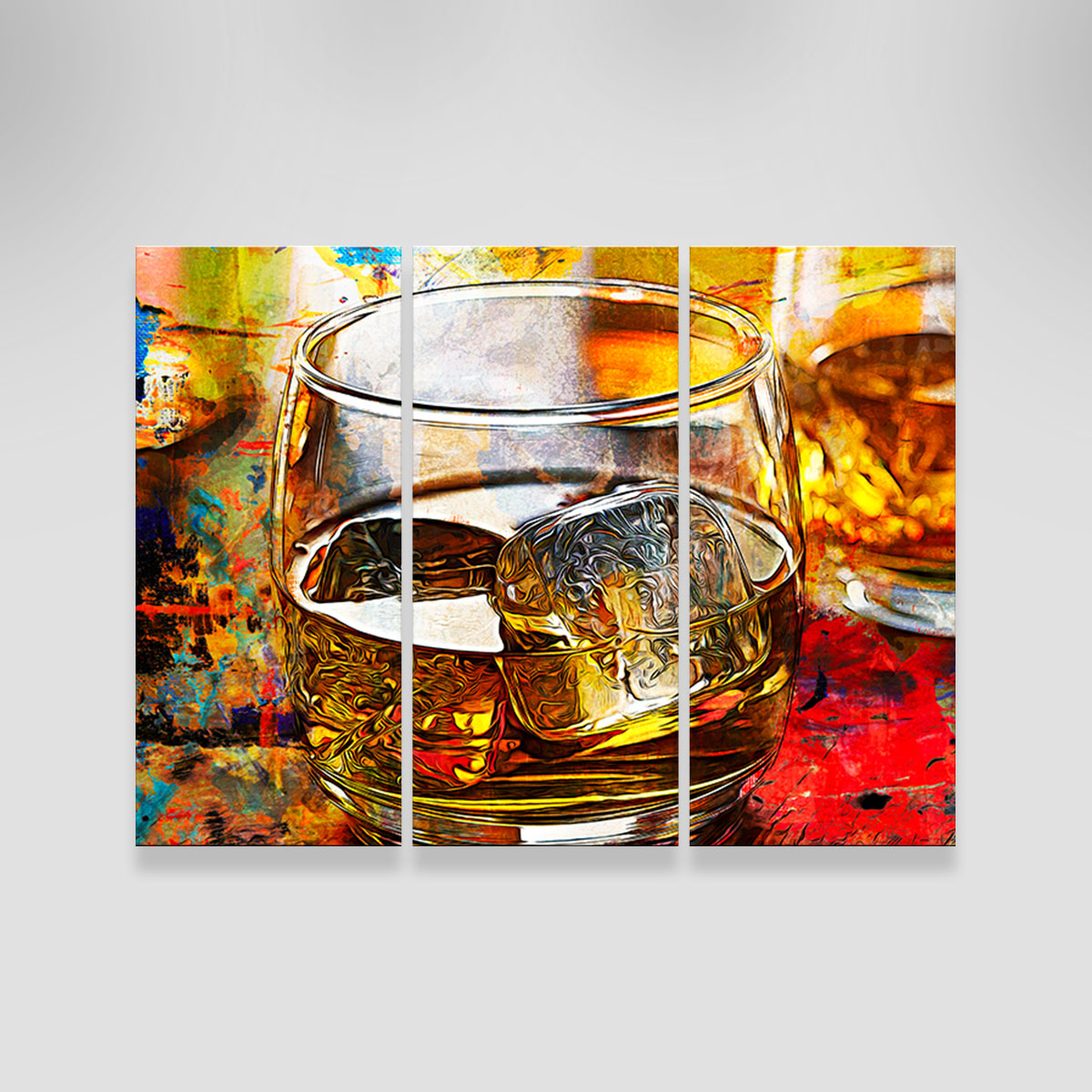Transform Your Area with Stunning Whiskey Art Inspired by Nature
Transform Your Area with Stunning Whiskey Art Inspired by Nature
Blog Article
The Importance of Whiskey Art in Celebrating Heritage and Workmanship in the Beverage Sector
The detailed partnership between whiskey art and the celebration of heritage and workmanship within the drink sector can not be overstated. Via thoughtfully made bottles and tags, whiskey brands envelop their historic origins and the artisanal skills that define their production approaches. This artistic dimension not just improves market allure yet also works as a conduit for cultural narration, promoting a deeper connection in between the customer and the craft. As we explore the numerous facets of this topic, appealing inquiries about the impact of modern fads on conventional methods emerge, prompting further exam.
The Historic Roots of Whiskey
At the heart of bourbon's appeal exists an abundant tapestry of historic origins that map back to ancient people. The origins of whiskey can be linked to the purification practices of the Sumerians and Babylonians around 2000 BCE, where very early types of fermented grain beverages started to emerge. It was in the Middle Ages that the art of purification advanced significantly, specifically in Ireland and Scotland, leading to the production of bourbon as we recognize it today.
The term "whiskey" itself originates from the Gaelic word "uisce beatha," suggesting "water of life." This phrase emphasizes the cultural significance of scotch in Celtic societies, where it was usually connected with routines, parties, and common bonding. By the 15th century, distillation came to be an identified craft within reclusive areas, leading the way for the facility of legal distilleries.
As trade courses increased, scotch's popularity expanded, going beyond regional limits and catching the interest of aficionados worldwide. Realism Art. This historic journey shows not only the craftsmanship behind scotch production however additionally its important duty in social and cultural contexts, marking it as a significant drink throughout history
Artistic Expression in Branding
Bourbon branding stands as a compelling junction of artistry and business, where visual identity plays a critical role in forming consumer perception. The appearances of whiskey tags, product packaging, and marketing materials reflect not only the brand name's tale yet additionally its core values and heritage. Through imaginative expression, distilleries communicate a story that reverberates with consumers, stimulating emotions and sparking links.
Making use of color, typography, and images in branding offers to differentiate products in a saturated market. Conventional themes may evoke a feeling of credibility and craftsmanship, while modern-day styles can symbolize innovation and forward-thinking. This calculated imaginative instructions improves brand name recognition and loyalty, enabling customers to forge a personal connection with the bourbon they select.
In addition, creative expression in branding typically acts as an event of local heritage. Distilleries often incorporate local signs or historical references right into their styles, producing a feeling of location that invites customers to partake in a wider cultural experience. Eventually, the artistry behind scotch branding not just boosts aesthetic appeal but additionally improves the overall narrative of the brand name, fostering a deeper admiration for the workmanship and heritage embedded in each container.
Workmanship in Container Style
The virtuosity obvious in scotch branding extends past aesthetic identity to include the workmanship entailed in container style. Each bottle offers as a vessel not just for the spirit within, however also for the story it outlines its high quality, origin, and practice. The design process needs thorough interest to detail, as elements such as closure, material, and shape contribute considerably to the general perception of the whiskey.
Craftsmanship in container design involves selecting top notch glass that can improve the scotch's color and clarity, while likewise offering a tactile experience for the customer. The shape of the container must be both cosmetically enticing and practical, commonly showing the heritage of the brand. Lots of distilleries opt for distinct shapes or printed logos that evoke a sense of authenticity and history.
In addition, the tag layout and typography play a crucial duty in interacting the brand's story. Bourbon Art. A well-crafted bottle not only mesmerizes the consumer's eye however likewise enhances the brand's commitment to top quality and custom. By doing this, the craftsmanship of bottle style comes to be a crucial facet of the whiskey experience, combining virtuosity with a profound regard for heritage
Cultural Value of Whiskey Art
Celebrating practice and workmanship, the cultural importance of bourbon art transcends simple looks, linking with the historic and social stories of the regions where it comes from. Each container acts as a canvas, depicting the special tales, folklore, and customs that have actually formed local whiskey-making methods. The intricate styles commonly mirror the heritage of the distillers, including symbols and motifs that resonate with the culture and values of their areas.

In enhancement, scotch art plays an important function in public gatherings and parties, functioning as a substantial link in between individuals and their shared experiences. By valuing the virtuosity in scotch product packaging, customers cultivate a much deeper understanding and respect for the craft, inevitably enhancing their enjoyment of the beverage itself.
Modern Trends in Scotch Discussion
In recent years, the discussion of bourbon has actually evolved to reflect modern tastes and fads while still honoring traditional craftsmanship - Bourbon Art. Distilleries are progressively concentrating on visual aspects that boost the overall alcohol consumption experience, bridging the space in between heritage and modernity
Ingenious container layouts have actually emerged, typically including lasting products and artistic tags that inform engaging tales. Several brand names currently work together with regional musicians, infusing their products with special aesthetic expressions that reverberate with consumers. Furthermore, limited-edition releases are commonly packaged in collectible containers, including worth and allure for aficionados.

Final Thought
In conclusion, scotch art serves as a vital avenue for revealing the heritage and workmanship integral in the beverage sector. Through complex branding, ingenious bottle designs, and culturally significant imaginative elements, scotch brands efficiently honor their traditions and connect with customers.


Craftsmanship in container layout involves picking premium glass that can enhance the scotch's color and clarity, while likewise providing a tactile experience for the consumer. In this way, the workmanship of bottle layout comes to be a vital facet of the scotch experience, merging creativity with a profound respect for heritage.
In verdict, scotch art serves as a vital conduit for expressing the heritage and craftsmanship inherent in the beverage sector.
Report this page